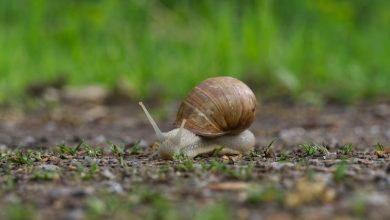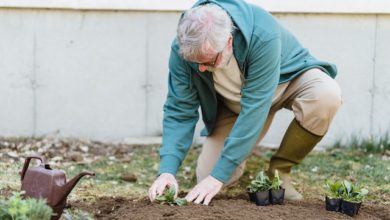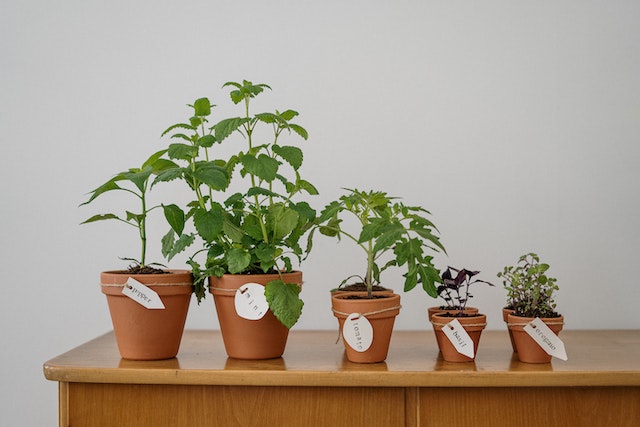
10 Container Gardening Tips
There is a possibility of enjoying container gardening even if you do not have a yard available to you.
Additionally, you might find yourself growing more and more pots each year once you get the hang of container gardening. However, the same process as raising plants that are growing in the ground is not required in keeping plants in containers alive and thriving.
There are 10 various tips for successful container gardens. Here are some of our best:
Make a List Before You Go Shopping to Buy Plants
Deciding what you want before you go to the nursery and making a list is one of the best ways to avoid panic or at least minimize it.
You can go online or look through plant catalogs and decide exactly what plant you want if you are ambitious but the list does not even have to have the exact plants.
So you can get plants that fit the pots and know if you need plants for sun or shade or anything in between, try to create a list at least with the number of pots, the sizes, and where they are going.
Bringing either your pot or a picture of your pot with you if possible is a great idea and you can use smartphones for this purpose. There is someone who can help you with your choices in most nurseries. Moreover, you will plants labeled and organized for how much sun they require in most nurseries.
Don’t Skimp on Drainage
For your plants, it can be a matter of life and death while this may sound like an odd first tip. The plant may die if your soil becomes wet and the roots of your plants can rot when there isn’t a big enough hole or holes for water to get out of your pot.
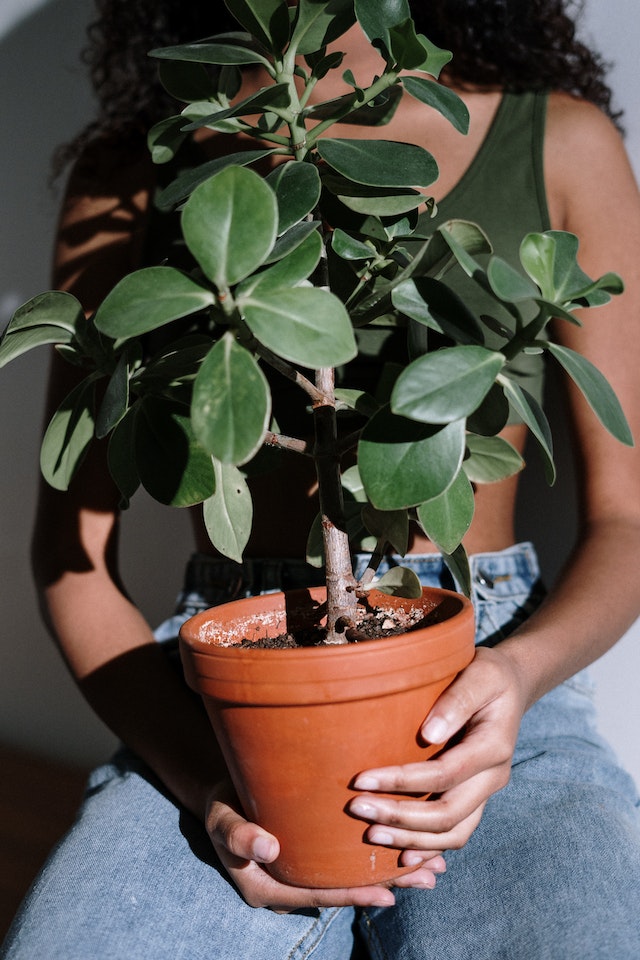
There is not enough drainage in many garden pots that are sold, which is bad news. Carving bigger holes, punching, or drilling are ways you can often increase drainage.
Buying a pot that does have enough drainage is sometimes just easier. For small or medium-sized pots, a drainage hole of ½ inch in diameter should be the minimum size. Look for at least an inch in diameter for larger-sized containers.
You will increase drainage by adding pot shards, gravel, or stones to the bottom of your container garden is a total myth.
Moreover, if you put these things in the bottom of your pots you do not need drainage holes as some people say is also a myth.
You need holes in your pots and lots of the preferably, unless you are an attentive container gardener, who can water perfectly, or you have a plant that likes wet soil.
Feed Your Plants
You need to add nutrients for your plants since most potting soil has not accessible to them. In order to thrive, the vast majority of plants will need fertilizer added to your soil. Into a potting mix, you can mix in a slow-release fertilizer.
You can either fill your pot with potting soil and then mix in the fertilizer or mix up a big batch of potting soil mixed with fertilizer in a bucket while doing this.
With a liquid fertilizer, usually a fish emulsion, seaweed blend fertilizer every week or two. This will help to give plants the nutrition they need despite smelling awful.
Evaluate Your Light
How much sun their containers get is often wildly overestimated by people. You have to know how much light your container will get before you choose your plants while you can find a great plant for almost any amount of light.
Place your container where you want it and then time how long the sun hits it to figure out how much direct light it will get. Additionally, to determine your sunlight you can also use a sun calculator.
Consider Companion Planting
Make sure that they will play well together when you are choosing plants for your container.
Therefore, you should ensure that the same amount of light and moisture is required by all the plants in one pot. Some of them will not thrive if you combine plants with different needs.
For example, you want all the plants you choose for that pot to also require full sun if you have a plant that requires full sun. you do not want to put a plant that likes to dry out between watering’s in a pot with plants that like it wet if you have a plant that likes to dry between watering’s.
You can either check the plant tag or ask a salesperson if there isn’t one to find out what a plant requires. Lastly, try to look it up on the internet if all else fails.
Provide Adequate Potting Soil
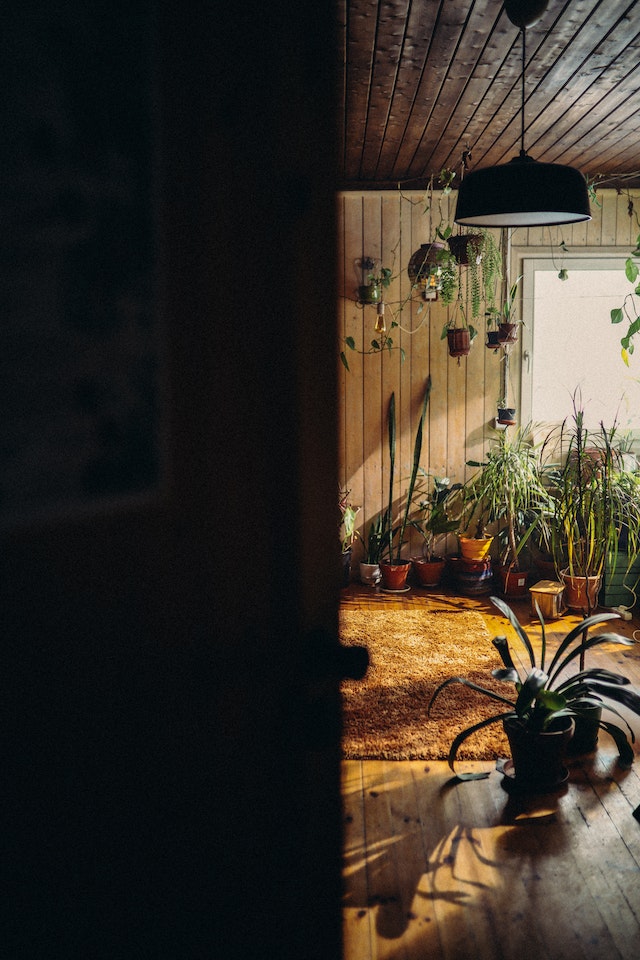
You will be told to up your containers with all manner of junk such as packing peanuts and milk jugs by lots of people out there. Apart from making it harder to maintain since it will dry out faster, doing this will make your container garden significantly lighter.
I normally use Vermiculite, is a hydrous phyllosilicate mineral that retains water. Also, this mineral helps to promote faster root growth and allows the young roots to anchor.
When it comes to both watering and feeding your plants, the more potting soil you use, the more water retention you will have, and a much greater margin for error will be given you.
Follow Instructions on Plant Tag
How much care the plant will need, the food it needs, how much light, and how big your plant will get are all stated in the plant tags hence making them essential. Additionally, details on whether your plant is annual or perennial and if it is perennial, what zones it will survive in and all indicated on the plant tags.
Moreover, the shape and how the plant will grow are also found on the tag. When considering how to arrange your plant combinations and your container design, the details on the plant tag will come in handy.
For example, you might want some plants with a “mounding habit” for filling in your design and then some plants with “upright habits” to give your design and height if you have a large pot.
Last, to drape over the sides of your pot, you might choose plants with “trailing habits” to finish your pot.
Acclimate Your Plants
Many plants are generally happy if you acclimate them, over a period of time to changes in light, exposure to the elements, water, or temperature since they do not like abrupt changes. For most plants that have spent their lives in the pampered climate of a greenhouse, this is essential and with your plants, it is particularly important.
You must harden off if you grow your own from seed or when you buy seedlings in the spring. The chances of your plants thriving will be significantly reduced if you do not do it despite it being a slow and tedious process.
Furthermore, they will also need an adjustment period to get used to less light and drier air if you live in a colder climate and plant to overwinter your plants.
Sometimes Plants Die
Garden life fact is the more plants you will kill, the more plants you grow and it is that simple. Plants will be killed by even the most expert gardeners sometimes.
When to give up on a plant is a trick to know. So your whole container does not look ugly, it makes sense to give up early especially in a mixed container garden.
You have a couple of choices when a plant starts looking dreadful. You can cut it back dramatically and hope for the best depending on the plant. Your plant will come roaring back, happy and beautiful in a few weeks but this is all it takes for many plants.
Additionally, you can put another plant after pulling out the unhappy plant. You can’t stand the look of the plant any longer or you can try to rehabilitate by repotting it and baby it until it rebounds depending on how dread and/or precious the plant is.
However, you should take your plant out immediately, re-pot it, and either quarantine or put it in a plastic bag and throw it out if it exhibits signs of serious disease.
Container Gardening Requires Work
Hard work is required in container gardening and that is the truth. It can be expensive while it does not have to be and it needs attention and time. Some plants will strive and others will not even if you cover all your bases plus there is no such thing as a foolproof plant or gardening system.
This is both bad and good news. The whole endeavor is made endlessly interesting, rewarding, and exciting through all the uncertainty and hard work.
Assess how you live before you dive in to have the most fun and increase your chances of success with any kind of gardening. There are container gardens that will work with your style no matter what the answer is.
Grow other drought-resistant plants and succulents if you do not like water. Furthermore, you can haunt yard sales and second-hand stores or make your containers out of founding items if you do not have a lot of extra cash.
Choose large containers for planting and plant them with luxurious and eye-catching plants if you have a formal entrance and want a more tailored container look.
There are plants that can work for you whatever your style. experimentation to find what works and research is all you just have to do.
FAQs
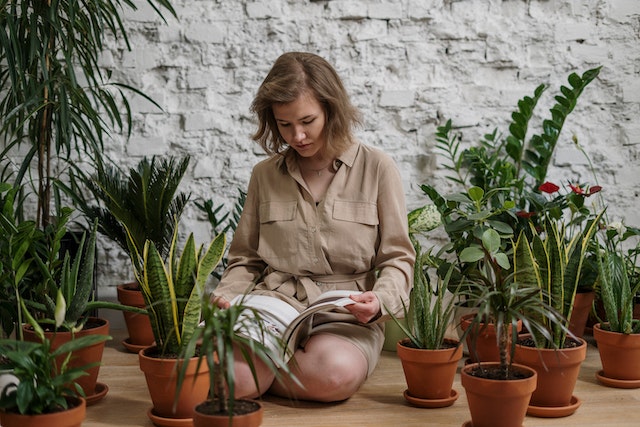
How can I make my container garden look good?
- Choosing the correct pot size is the first step for a robust planter. This also involves picking the perfect pot
- Plan when planting
- Nutrient-rich soil should be provided in the container
- A tall, long drink of water should then be given to them
- Groom twice a week
- Fertilizing is very essential in providing nutrients
What can I use for container gardening?
Parsley, radishes, squash, lettuce, beans, green onions, eggplant, peppers, and tomatoes are some of the vegetables that are ideally suited for growing in containers.
Additionally, because of pole beans and cucumber vining growth, they require considerably more space but they can also do well in this type of garden.
What are the easiest vegetables to grow in a container?
Since looseleaf and romaine lettuce needs less growing space than head or stalk lettuces, they are the best lettuce varieties to plant in containers.
Other vegetables suitable for container gardening include basil, tomatoes, snow peas/sugar snap peas, peppers like bell or chili, zucchini, and strawberries.
How deep do containers need to be for vegetables?
To grow healthy and strong, a container depth of between six and 12 inches is required for most vegetables.
What is the best soil for container gardening?
A pot or raised bed does not require too dense soil like the ones taken from your yard or a garden bed.
However, you will want to use a lightweight and fluffy soil alternative that makes potting soil or mix containers. You’ll want to use slightly heavier soil made specifically for raised beds.
Should I put holes in bottom of the planter?
For proper drainage, holes in the bottom of the planter are essential since they will give an escape route for the excess water and ensure that the excess water does not stay in the soil.
Additionally, there are certain containers that do not have holes at all while only one drainage hole is available in many flower pots.
How many tomato plants can I put in a 10-gallon bucket?
Depending on the variety, about 4 plants each on average.
What do you put in the bottom of a planter for drainage?
You can use a layer of plastic bottles to help fill them up if you are planting in large containers. Apart from the bottles having caps in them, they should not be crushed but be empty. Half-gallon jugs or water bottles can be used.
How many holes do I drill at the bottom of a planter?
Drill three or four small (¼ inch) holes at the bottom of the container to provide drainage. Too much soil will be allowed to escape if holes are larger than ¼ inch in diameter.
What can I use instead of rocks in a planter?
From the top, you can fill up to 12-24”. You can use the following to fill large container plants:
- Cut up pool noodles
- Empty crushed water bottles
- Rocks
- Lava rock
- Styrofoam peanuts
- Upside down smaller pots
- Drainage tubing
- Mulch
